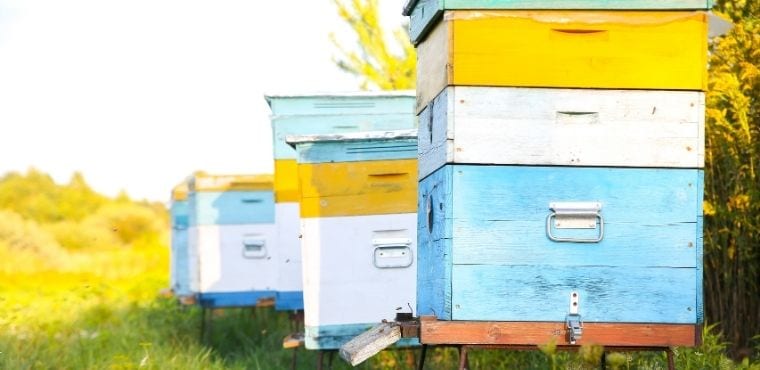If you own a hobby farm, fall means a lot more than colorful leaves and Halloween celebrations. This is the season for preparing for winter. Whether you’re securing your livestock or prepping your garden for next spring, your autumn to-do list is sure to be a mile long. Fortunately, working hard now will pay off when your plants and animals make it safely through the winter, setting you up for success next spring. Take advantage of the last of the nice weather with this guide on how to prepare your hobby farm for winter.
Start Planning for Spring
The more you prepare in the fall, the better your spring will be. Get to work in your garden beds. You can mix compost or other soil solutions into your garden during the fall so that it spends the season breaking down and feeding the soil. This will give you a rich, fertile starting point to plant in the spring. You should also look ahead to what kinds of plants you want next year. Shrubs, perennials, and other long-term plants will be on sale at the end of summer, so now is a great time to purchase and plant.
Prepare Your Animals for Winter
Each type of animal on your hobby farm will come with its own checklist of fall and winter tasks. Make sure you take care of everyone before the cold weather hits. Reinforce chicken coops and fencing, winterize your beehives, and make sure all feeders, waterers, and other equipment is in working order.
By the end of autumn, all your animals should have safe, insulated places to spend the winter. Make sure your structures are secure and able to keep the wind and snow away from your animals. It’s also a good idea to stock up on food and any other supplies you might need—especially if you live far from town or know there’s inclement weather on the way.
Figure Out Storage Solutions
When winter comes, you won’t need a lot of the tools and equipment you used throughout the summer. One of the most important parts of how to prepare your hobby farm for winter is to find secure and adequate storage for your supplies. Keep your tools somewhere safe, dry, and warm so that they don’t end up freezing or buried in snow. Drain any garden hoses, and keep more fragile supplies indoors and away from the cold. It might also be a good idea to check your storage space for holes in the roof, walls, or foundation. This will keep pests and critters away from your supplies, making it much easier to brush off your gear and get to work when spring comes around again.






